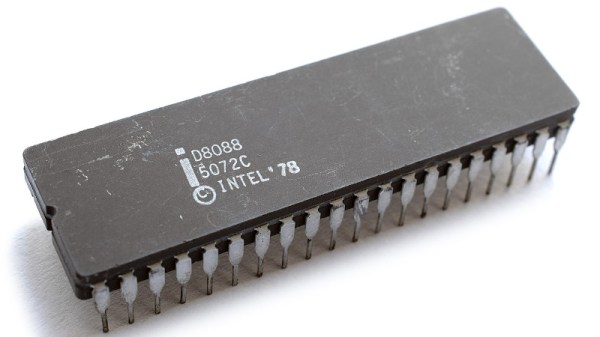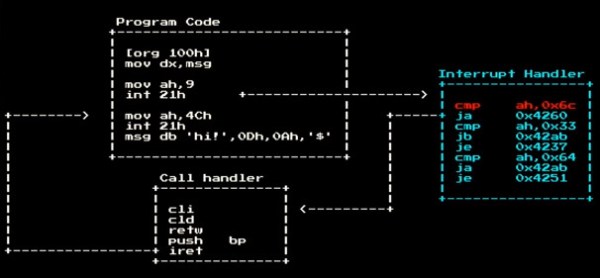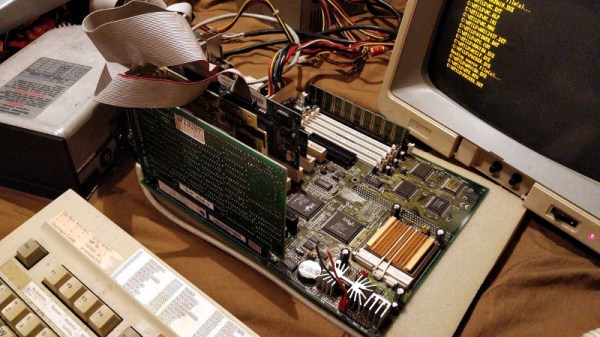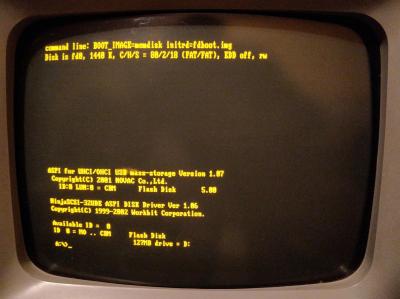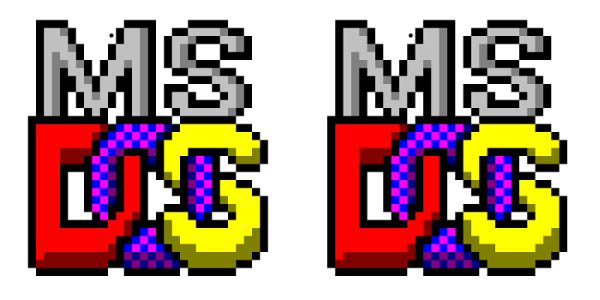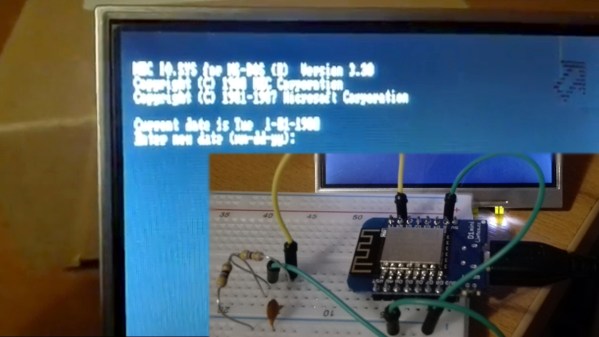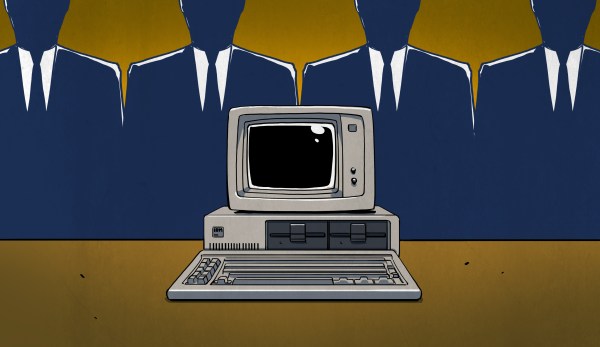“Bring our home computing out of the 1970s and into the 1980s and beyond” is the irresistible promise made by the creator of 8088ify, a piece of software which translates CP/M executables from their 8080-based originals to assembler code that should run on an 8088 under MS/DOS. How can we resist such a futuristic promise here in 2021, even though the code wasn’t written to the sound of Donna Summer or the Village People back in the day but here in 2021 for PCjam, a celebration of the original IBM PC’s 40th anniversary.
As the writer of this code [ibara] points out that Intel intended the 8088 to be a ready upgrade path for the 8080, and designed its instruction set while not directly compatible, to make translation between the two a straightforward process. There was commercial software for the task at the time, but to this day there remained nothing with an open-source licence. It’s written in ANSI C for portability across platforms and compilers, and can even be compiled under CP/M itself.
PCjam is well worth a look, and if any of you fancy a go at writing for the earliest MS-DOS machines we’d like to suggest you create something for it. Meanwhile if you’d like to explore CP/M, you can run a bare metal emulator on the Raspberry Pi.
Header: Thomas Nguyen, CC BY-SA 4.0.

